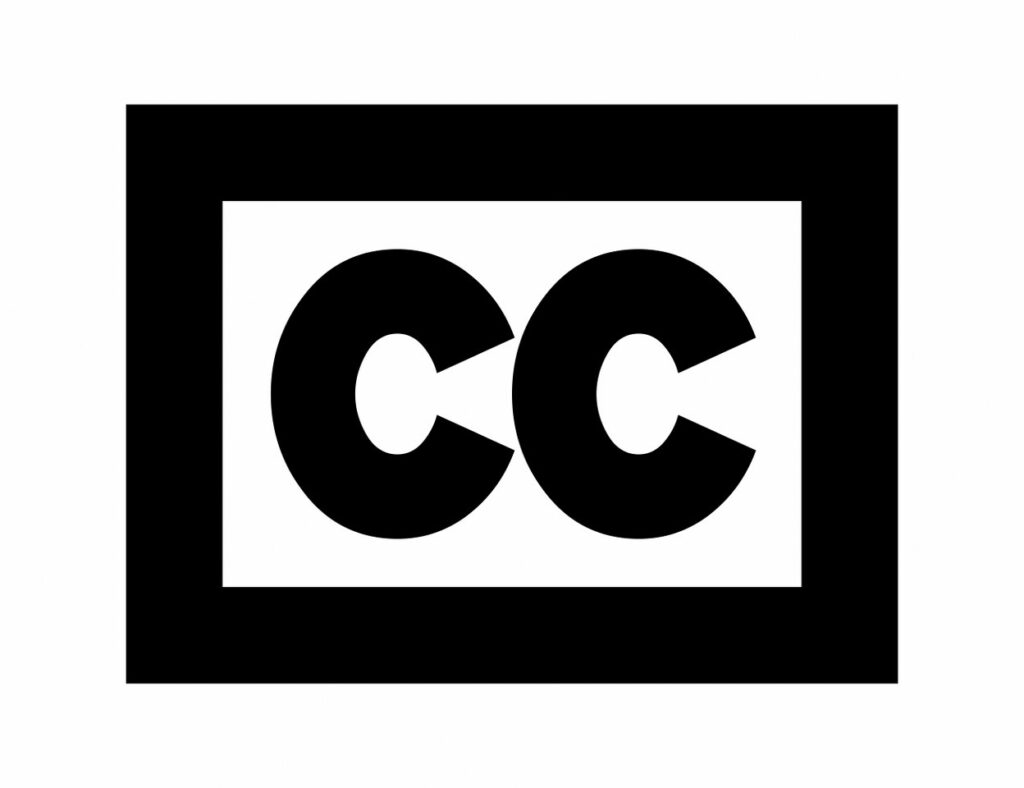Closed captioning on television provides viewers with both audio description and text translations of speech on TV shows. This feature has been around since the 1970s, and it’s beneficial for not just the hearing-impaired, but also those who benefit from a visual aid or second language learners.
Closed Captioning vs Open Captioning:
What’s the Difference?

Closed captioning and open captioning are important when it comes to increasing accessibility for those who are deaf or hard of hearing. Learn the basics of each type of captioning, so you can make an informed choice on which one might be best for your video projects.
What is Closed Captioning?
Closed captioning on television is a text-based version of the audio from a program. It can be used to provide subtitled dialogue, definitions for unfamiliar words, and background sounds. This service was implemented in the 1970s, and since then it has been embraced and integrated into more reliable TV services that make it easier for viewers to understand their favorite shows.


What Is Open Captioning?
Open captioning refers to captions that are visible to all viewers at all times, meaning that the captions cannot be turned on or off. This is the most common type of captioning used in video projects, as it does not require any extra apparatus such as a closed caption decoder for the viewer to access the captions. Open captioning requires little extra effort and cost, making it an attractive choice for many video producers.
Advantages and Disadvantages of Open vs Closed Captioning
When it comes to captioning, there are pros and cons to both open and closed captioning. Open captioning is typically preferred over closed captions as it is simpler to produce, however, with open captions you are unable to give viewers the added control over volume and display. Closed captioning often provides a much higher level of accessibility, allowing deaf and hard-of-hearing viewers the option to customize their experience.
Which Is Better for Your Content?
The decision between open or closed captions should come down to the needs of your audience, the type of content you’re creating and its intended use. Closed captioning is typically better for shorter pieces of content, such as clips from movies, instructional videos, and webinars, whereas open captioning is usually a great option for longer form content such as full-length films and educational courses. Choosing one over the other also depends on what kind of experience you want to give viewers.

The Evolution of Closed Captioning
Closed captioning has come a long way since it first began in the 1970s. In 1994, all televisions were required by the FCC to display closed captions for people who are deaf or hard of hearing. Now, many TVs include features such as the ability to increase caption size or font, choose background colors, and adjust effects. Many streaming services also offer similar features to customize your viewing experience.

How Does Closed Captioning Work?
Closed captioning works by having a captioner type out a script that is then sent, via a teleprompter, to the TV station and displayed on the screen. This happens in real time and simultaneously with the audio broadcast. By enabling closed captions, viewers can read what’s being said on their TV screens for an enhanced viewing experience.
Benefits of Closed Captioning on Television
Closed captioning on television has many benefits, especially for people with hearing loss or speech impediments. Captioning allows viewers to enjoy TV shows by enabling them to follow the dialogue and better understand what’s happening. It also enhances the experience of watching a foreign language show or a program with accents or background noise that would otherwise be difficult to hear. In addition, closed captioning allows people who are in noisy environments to watch TV without having to turn up the volume too loud.
FAQ
Video is no longer a piece of an overall marketing strategy. It is now the central concentration of online marketing efforts. Especially online social strategies. Four of the top six channels consumers utilize for video are social channels. Among a host of other benefits video increases traffic, increases understanding of products and services, increases sales and reduces support calls. If you aren’t using video effectively, you are falling behind.
In a word, “Yes!” The stats around video marketing have been increasing every year and they just keep getting better and better. Check out the most recent stats here, and you will see why.
As with so many questions like this the answer is, “It depends.” There are many many variables to consider. I am working on an article to help you navigate the process of pricing your video marketing efforts, but in the meantime feel free to contact us and we will help you through the process. Whether you are a potential client of ours or not, I am happy to provide this service to anybody willing to reach out to us.

